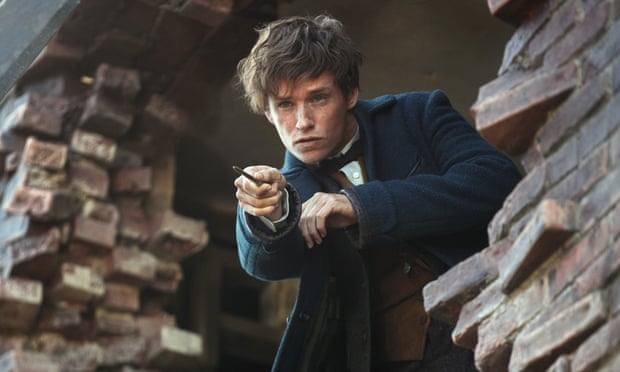 |
| Moana and Maui in a scene from Moana. Image courtesy Disney. |
The most enjoyable part of the Moana screening didn't come while watching the film, but shortly thereafter while waiting in line to pick up a cellphone. In line were a few women talking excitedly about it, their excitement peaking with the fact that the eponymous female Disney character with royal roots has not one but two living parents. While on the outset it seems like an odd thing to consider, Disney has a historically nasty habit of using dead parents (or the illusion of that in the case of Tangled) as plot points to build female characters from. It's a cheap way of creating the ideal strong, female character, a figure that can overcome the worst loss and succeed with a slew of despites in her way. That Moana didn't resort to killing the lead character's parents is an appreciated change of pace for the folks who grew up frustrated by that pattern.
Better still, the filmmakers didn’t need to do it to prove their central figure's bona fides as a character. Moana, voiced by newcomer Auli'i Cravalho, is shown immediately as a courageous soul who embraces the dangers of the unknown. She’s drawn immediately to the tale her grandmother (Rachel House) tells about cocksure demigod Maui (voiced by the unfairly charming Dwayne Johnson) and is lured by the adventure the legend promises. Life is waiting for her at sea, albeit one conflicting with her status as her island's next queen, a role her father (Temeura Morrison) and mother (Nicole Scherzinger) push her toward through a catchy Lin-Manuel Miranda tune. The tension of the situation could be resolved through a sad song by Moana before the great adventure serving as the film's drawing point begins. But Moana doesn't take the easy route with its decision, instead having Moana see her value on the island and only leave as a means of saving her friends, showing the leadership she exhibits in one song without abandoning the promises she just made in it. The concept is a fairly complex one, and it reveals just a shade of the traits and portrayal, both in the writing and in Cravalho's performance, that make Moana such an interesting, deep character to pull from.
Her role underlines how much of Moana is devoted to women, whether it’s Moana (who pulls off most of the successful feats of daring as Maui watches), her mother, her grandmother, and the island Moana and Maui adventure off to resurrect to save the island. The film even pulls off a third act twist to realign the narrative to fit the concept and emphasize the film's feminine bent, switching up the prophecy at the film's heart to a nuanced resolution that fits the film's themes perfectly. This isn't exactly unknown territory for a film to take, but it remains nice to see Disney at least continue to broaden its characterization of its female characters that has taken the company from comatose damsels to clever and competent seafaring leaders.
Moana's thematic depth extends beyond female role changes to rip into trite narrative shortcuts. This is the kind of film that uses the concept of The Special – the one character destined to be Neo or Harry Potter or Superman – as a plot point and as a way of criticizing the concept at the same time with the idea of fate being limited by free will. In the filmmaker's eyes, a savior has to decide to be one even if the actual ocean itself anoints that person for the role. Moana has a habit of undercutting tropes – Johnson's Maui makes a few cracks about Disney princesses – but this one is the sharpest rebuke and the one that has the most resonance, or at least is taken most seriously by the filmmakers.
Moana is worthy of respect for its layers and intelligence, but it earns its keep through a rather fun plot that excels in its simplicity. There's nothing overly complicated about the hero's journey, and the filmmakers throw in the right level of levity, homages (among them a rather goofy one to Fury Road), Miranda songs and Dwayne Johnson to make the whole experience sing. Add that to some gorgeous animation and you have a pretty strong case for the best animated film of the year. At the least, it is good enough to please a fan base eager for Disney to catch up with the times.
Review: Four and a half out of Five Stars
Click here to see the trailer.
Rating: PG
Run time: 113 minutes
Genre: Animation
Ask Away
Target audience: Families and people who want a Disney protagonist with two living parents.
Target audience: Families and people who want a Disney protagonist with two living parents.
Take the whole family?: One sequence is a little intimidating, but overall this should be acceptable for kids ages 5 and up.
Theater or Netflix?: Theater is cool for this one. I'm not entirely sold on the need for 3D though; the regular format was gorgeous as is.
What of the short film at the beginning?: It's OK. Called Inner Workings, the short features the internal struggles the protagonist's mind has with the rest of the body to figure out what's in the best interest of the human. There's enough humor from the awkwardness of the brain tugging along the heart, stomach and other organs to keep everything in line, although the final message is a little heavy-handed. The best of the recent batch of shorts remain 2012's brilliant Paperman.
Watch this as well?: Just about everything from Disney's recent run of good to greatness is worthwhile, but I'm going to step away from the Mouse and recommend another terrific animated film that rips holes into narrative tropes and has an infectious score to boot: The Lego Movie.


